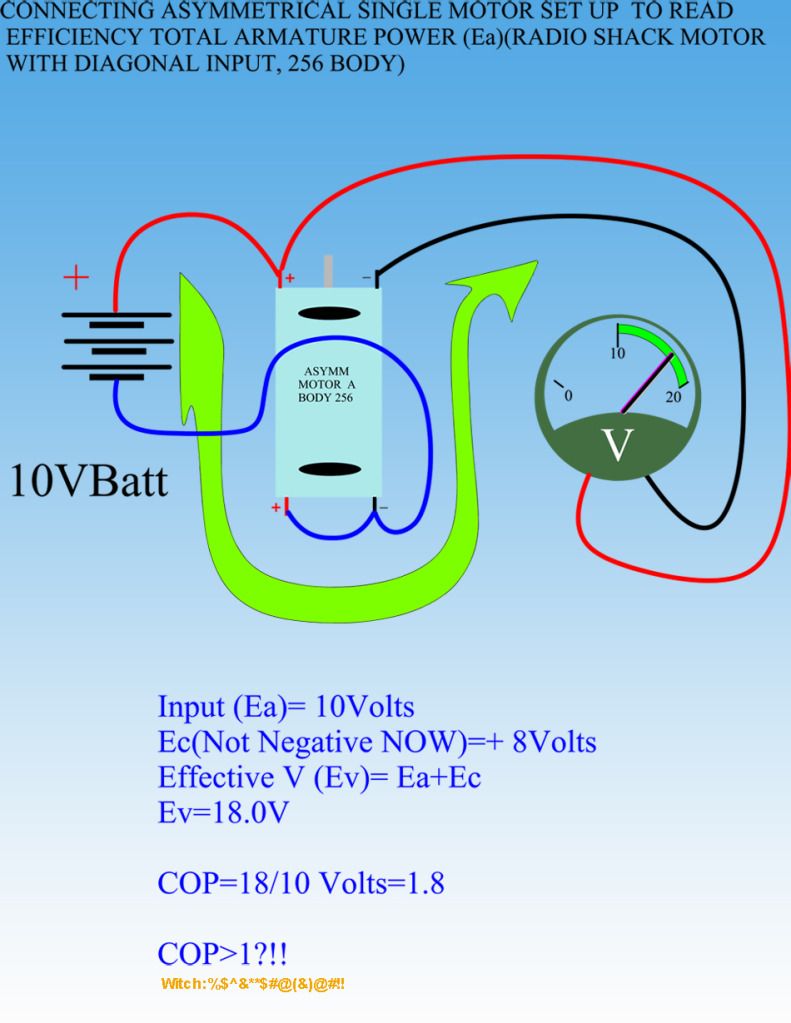UFO,
I saw that post and tested it both ways.
Seems to run the same, either way.
I will try to post a video tomorrow.
Thanks,
Mark
I saw that post and tested it both ways.
Seems to run the same, either way.
I will try to post a video tomorrow.
Thanks,
Mark
Originally posted by Ufopolitics
View Post







 [/IMG]
[/IMG]


Comment